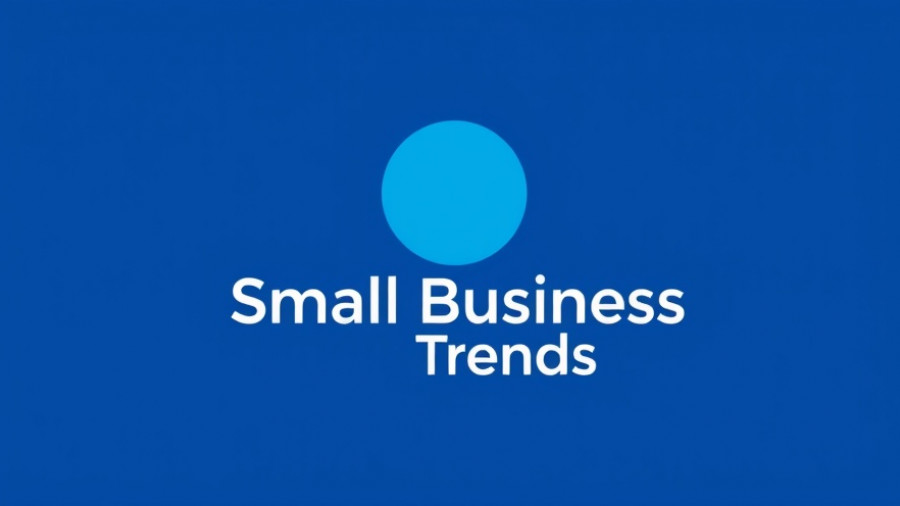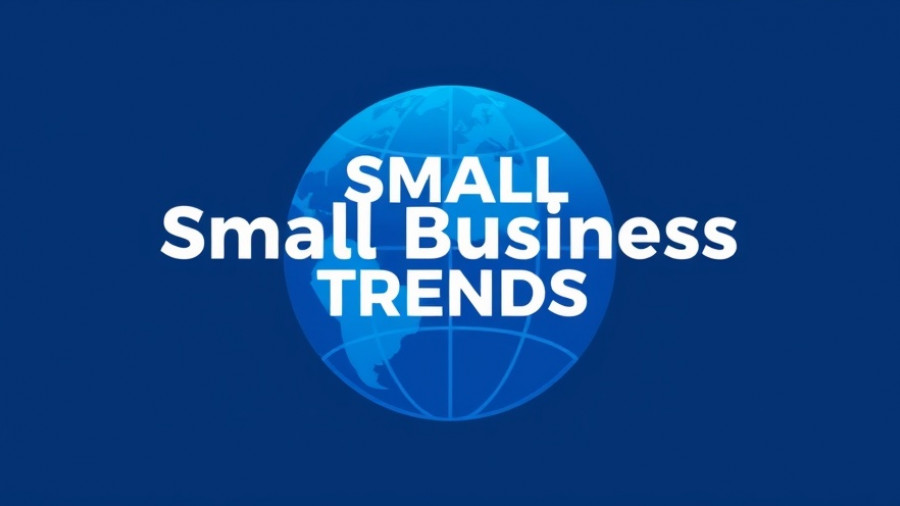
Understanding Labor Shortages: An Urgent Concern for Small Businesses
As a small business owner, you've likely felt the pinch from labor shortages—those times when demand for workers exceeds supply, creating a frustrating void in your staffing. This critical issue not only stifles your growth but also escalates operational costs. Let’s examine what drives these shortages and how you can adapt.
What Causes Labor Shortages?
There are several key factors fueling labor shortages today:
- Demographic Changes: With an aging workforce, many seasoned employees are heading into retirement, leaving significant gaps for businesses.
- Evolving Workforce Expectations: Today’s employees want more than just a paycheck; they seek flexibility, work-life balance, and personal development opportunities. If your business doesn’t meet these needs, attracting top talent will be challenging.
- Pandemic Impact: The fallout from COVID-19 transformed the employment landscape, prompting many individuals to rethink their career paths and prioritize remote work.
- Skills Gap: Not all candidates possess the necessary skills for specialized roles, highlighting the need for ongoing employee training initiatives to fill these voids.
The Economic Ramifications
Labor shortages can cripple not only productivity but also profitability. Businesses face heightened labor costs as they compete for talent, which can trickle down to consumers in the form of higher prices. It's crucial to adopt innovative recruitment strategies and adapt to emerging trends to mitigate these challenges.
Strategies to Combat Shortages
To tackle the challenge head-on, consider leveraging technology in your recruitment processes. Utilizing AI tools can streamline candidate searches and enhance employee management. Furthermore, fostering a positive work culture that emphasizes professional growth can help retain valuable staff and attract new talent.
What’s Next?
Labor shortages aren't going away anytime soon—predictions suggest a global talent shortage of around 85 million workers by 2030. As the landscape evolves, remaining proactive and adaptable is key. Embrace these changes, invest in your team, and watch as your business thrives amid challenges.
In the ever-shifting world of small business, recognizing and addressing labor shortages is crucial. Implement these strategies today to build a resilient company that can navigate the complex employment landscape.
 Add Row
Add Row  Add
Add 




Write A Comment